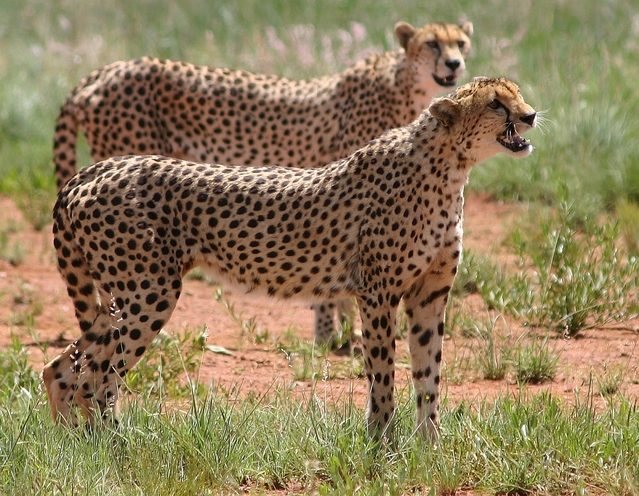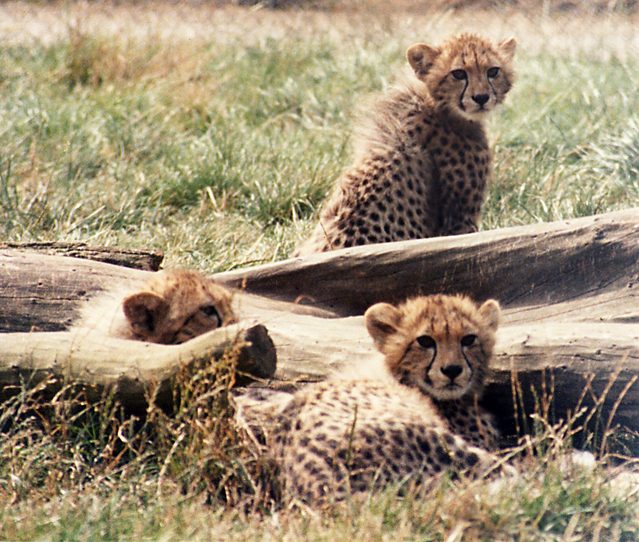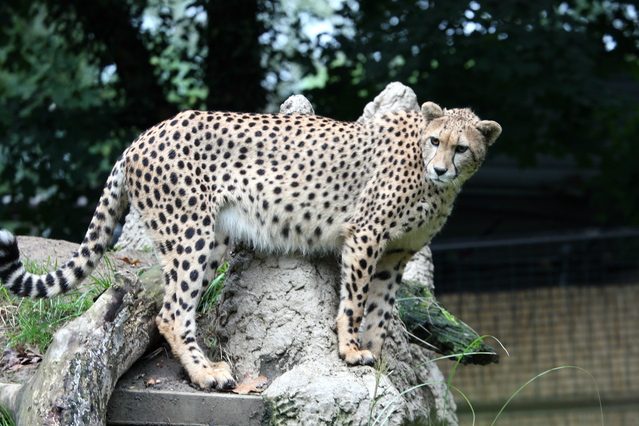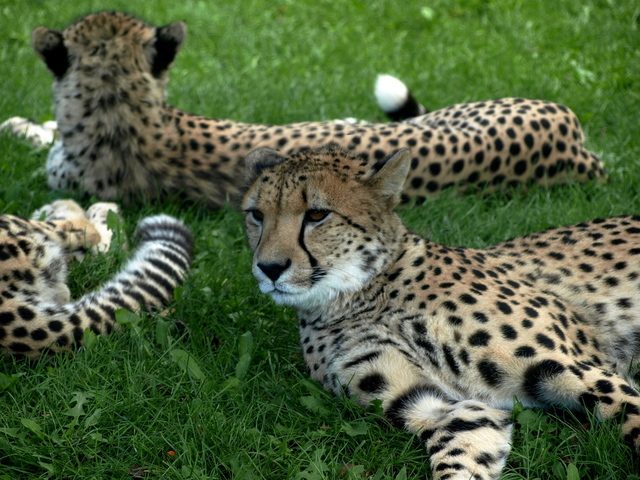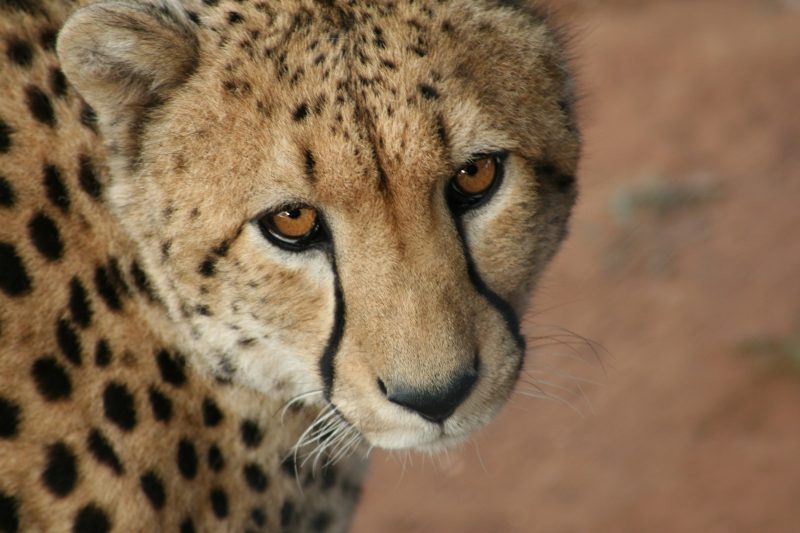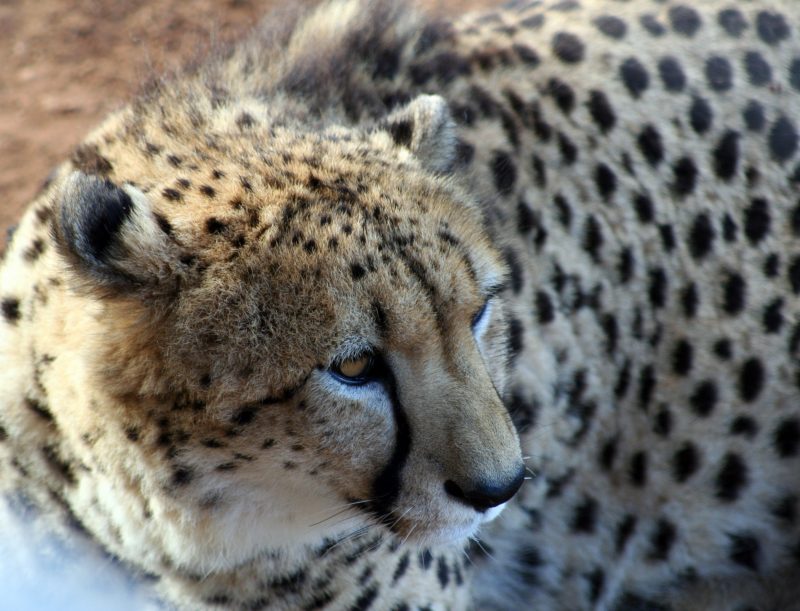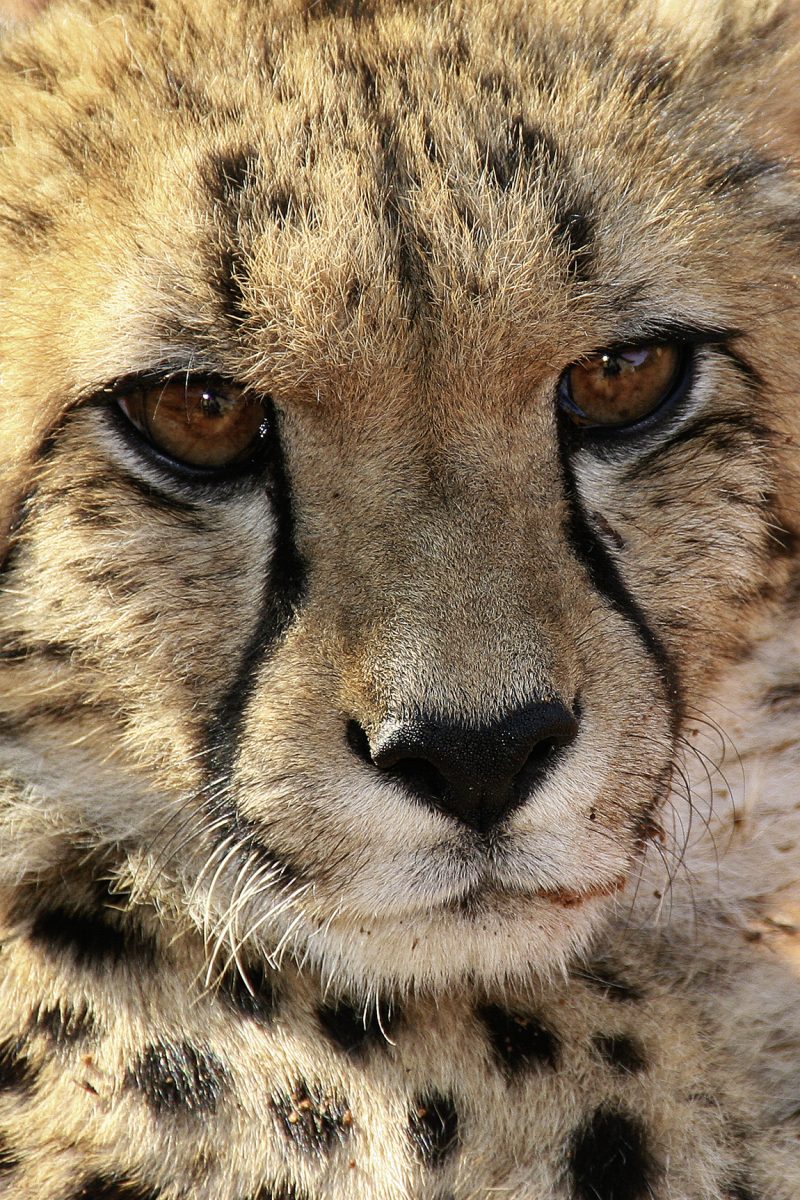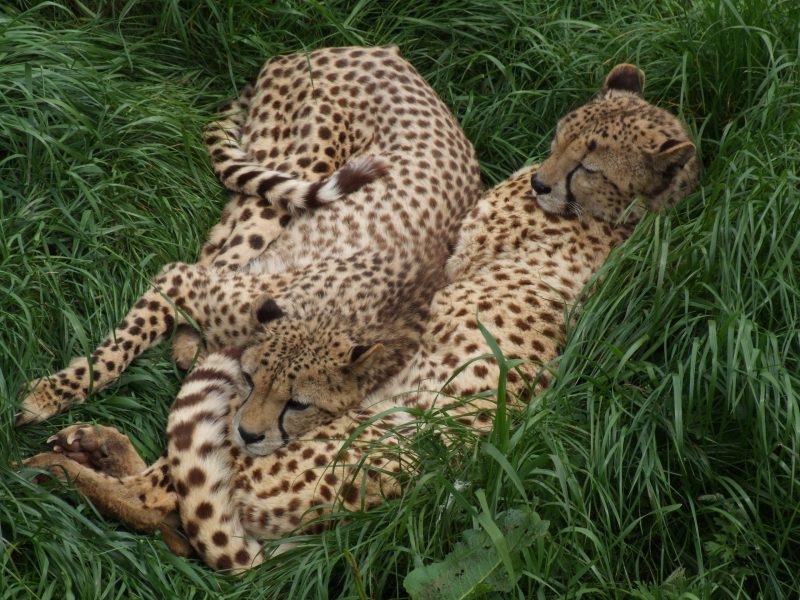Characteristics Of Male And Female Cheetahs
Any wildlife safari traveler in Kenya would concur that cheetahs in the wild are typically solitary animals, but they are the most sociable among all the fat cats. After leaving the mother cheetah around the age of one, siblings stay together for 6 months.
Grown up females
When the young females reach sexual maturity at the age of 2, they leave her brothers and sisters and live on their own although they stay so close to home that they overlap territory with the mother. Studies and research by biologists indicate female cheetahs are found to be loners. Amusingly enough, mating season is the only time that they are found around cozying up with other cheetahs. And they stay very close to one another when raising their cubs in solitude for about a year.
Grown up males
Male cheetahs have been found to mature faster than females and are ready to mate at the age of one. Unlike females, males are very happy to travel as far away from home as possible and lay claim to a territory. They are more sociable than girls and sometimes live with a group of brothers or outsiders called coalitions to defend more land, although they are very picky about with who they hang out. They are often aggressive towards each other when battling to mate, but they will make peace with another larger animal by giving up their catch. Due to constant fights between coalitions, the ratio has reduced to one male for two females.
Mature for reproduction
Cheetahs engage in a behavior called polygyny, which means during its lifetime male and female will mate with different members of the opposite sex. Unlike most other wild cats, cheetahs mate throughout the year without an established regular breeding season. However, most of the breeding occurs during times when there is a better supply of food. Females can mate with different males within a few days and have several fathers for the cubs in the same litter. The pregnancy period of a female cheetah will only last for approximately 3 to 4 months. After mating and during the gestation time, the male cheetah will not stay with the female.
Cubs are vulnerable
After pregnancy, the female cheetah gives birth to a litter of around 3 to 5 cubs that are born blind. The largest litter of cheetahs recorded so far in the history of wildlife is a maximum of eight. After giving birth, the weaning period of the cubs lasts for 6 to 8 weeks. Mothers move the young ones to new hiding places every few days to better hide the smell of her children from predators. Just like during the gestation period, the father cheetah does not participate in the rearing of the young.
The cubs weigh around 50 to 60 ounces, with a length of approximately 11.8”. They are smoky colored with long, thick silvery-grey woolly hair running down their backs to the rump. The mantle makes the cubs look like an animal called the honey badger. It is thought to aid in camouflaging and concealing them in the tall grass from predators since they are in particular danger of attack and incredibly vulnerable in the wilderness. This mane like feature disappears after three months. And the fur evolves into the mature colors by four months.
Within 3 months
Even under a mother’s watchful eyes, 90 percent of the young still die before they reach three months. Fifty percent of the deaths occur because lions, jackals, hyenas and even birds of prey often eat them up. This tragedy occurs mainly when the mother leaves them, to find food not only to feed them but also to sustain her in her lactating stage. Sometimes she will even wait until nighttime to return so that other large predators do not follow her and jeopardize the safety of the young ones. The mother can be away for as long as two whole days. If the food supply is scarce, then she abandons her young altogether to maintain herself.
Even if the mother was near, she might not be able to fend off a large animal. The cheetah was not built for fighting but for running. All of this leaves the cubs helpless in the world of predators. And if a baby loses its original family for any reason, it will join another family despite being cast out by the new siblings and the ill treatment of the new mother. If the litter gets lost within the first few weeks, the mother will come into oestrus very soon. Forty percent of the cubs are not able to survive very long and the reason is a lack of genetic diversity. This genetic peril causes weak and underdeveloped immune systems. Illness and disease attack a weak immune system, which in turn causes death. Most of them do not make it even past one month when this is the case.
Learning to hunt
During the weaning period, the females will not only feed the young and protect them from predators but also teach them how to search for prey among other essentials. At 5 to 6 weeks, the mother takes them along with her on chasing trips. Slowly, the cubs start eating from the kills. Eventually, the mother will bring home live injured prey so that the baby cheetah may practice the art of hunting. Around this time, they are also playing with one another, and sharpening their wrestling, stalking, and chasing skills. At eight months, the young ones are hunting large prey such as giraffes, albeit in an amateur way. It is through observation and participation that the cubs learn hunting techniques. But a cheetah can never be a very efficient and skilled hunter until about three years.
In the cheetah family, it is the domesticated females who take up the lion’s share of bringing up the cubs and forming family relationships. Males’ role starts and ends at mating. Apart from mating, males neither have any familial function nor do they possess any feelings for or bonding with the pregnant mother or the cubs. Lack of a conscience in the animal kingdom may perhaps be the reason. Nevertheless, a wildlife safari in Kenya is still worth the while.
5 Frequently Asked Questions About Male And Female Cheetahs
To receive a colourful digibook about cheetah with videos, images and text, please fill out the following form or simply email us on safaris@safari-center.com

